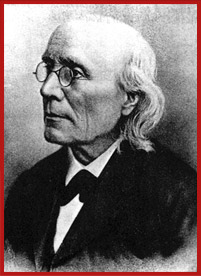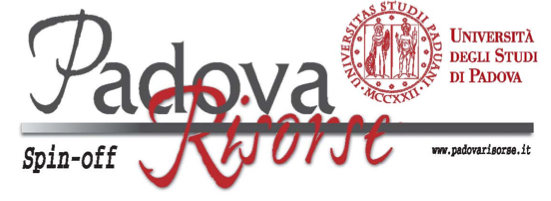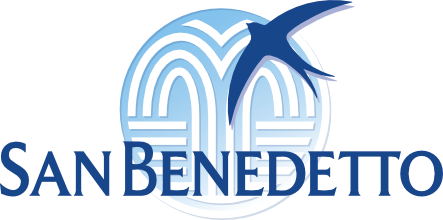Instructions for the Preparation of Manuscripts
IMPORTANT: Please note, the format follows that of last year, but there are some critical amendments from instructions of earlier years.
Please observe that the proceedings will contain 6 page articles including brief abstracts (150 words). No single abstracts will be accepted. If 6 pages are too much for your article, we will accept 4 pages. Five page articles are to be avoided because they necessitate a blank page. There is a 4-page manuscript example in doc-format, rtf-format and pdf-format.
1. The manuscripts have to be submitted in English, fully formatted with tables, figures and references included in the text. Do not number pages. The maximum manuscript length for either a paper or a poster is 6 pages (see above).
2. Paper size and font: You may submit papers in either A4 (21 x 29.7 cm) or US Letter (8.5" x 11") format. When setting margins, please observe the following rules: A4: Set margins of 2.5 cm. on all sides. Letter: Set top/bottom margins at 0.63" and left/right margins at 1.1". In other words, the text area should not exceed the dimension 16cm x 24.7 cm or 6.3" x 9.7".
Use the Times New Roman font, size 12. Do not use thin lines or small fonts in graphs for they may be reduced in size in the proceedings.
If you use any font other than Times New Roman (e.g., in tables or diagrams), please list the fonts used in your covering email or, alternatively, embed all fonts when making your PDF. This is very important!
3. Use single-spacing. For uniformity of documents, justify left and right edges.
Please only leave a single space after a full stop (period), not two.
Please indent paragraphs with one click of the tab key, having set the default tab as twelve spaces and do not leave a blank line between paragraphs.
Do not indent the first paragraph of any new section.
4. Style guidelines (adapted from the ones of Fechner Day 01):
Title: Title should be typed in capital letters (font size 12), bold type, and centred at the top of the first page, one line below the top margin.
Authors, affiliations and e-mail addresses: Type name of the author(s) in upper and lowercase letters, centred one line below the title. Centre the affiliation(s) and e-mail address(es) on thethis is next line(s) using italics
Abstract: Place Abstract heading centred and two lines below the affiliation of the last author. The text of the abstract should begin one line below the heading and be italicised.
Headings: Should be centred on the page written in bold type. A main heading should be preceded by one line, except for the Abstract heading, and followed by one line. Side headings should be preceded by one line and also followed by one line. Use plain italic typeface for side headings and place them to the left.
Main text: Start the main text two lines below the abstract. Do not use the Introduction heading! Justify left and right edges.
References: The References heading should be treated as a main heading according to the typing instructions above. References to unpublished material are not allowed.
Tables and Figures: Should be placed at top of page or at bottom of page. Table title should be placed above the table. Start the text two lines below the table. Use copy-ready figures with a figure caption under each figure. The text should start two lines below the figure caption.
Equations: Should start 1 cm (0.394 inches) from the left margin and should be given a number within parentheses at the right margin. Separate them from the text by one line above and one line below. Check indexes and exponents for readability when reduced in size.
Footnotes: Avoid footnotes. If unavoidable, place one footnote at the end of the reference list.



